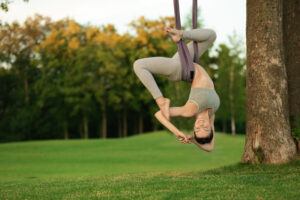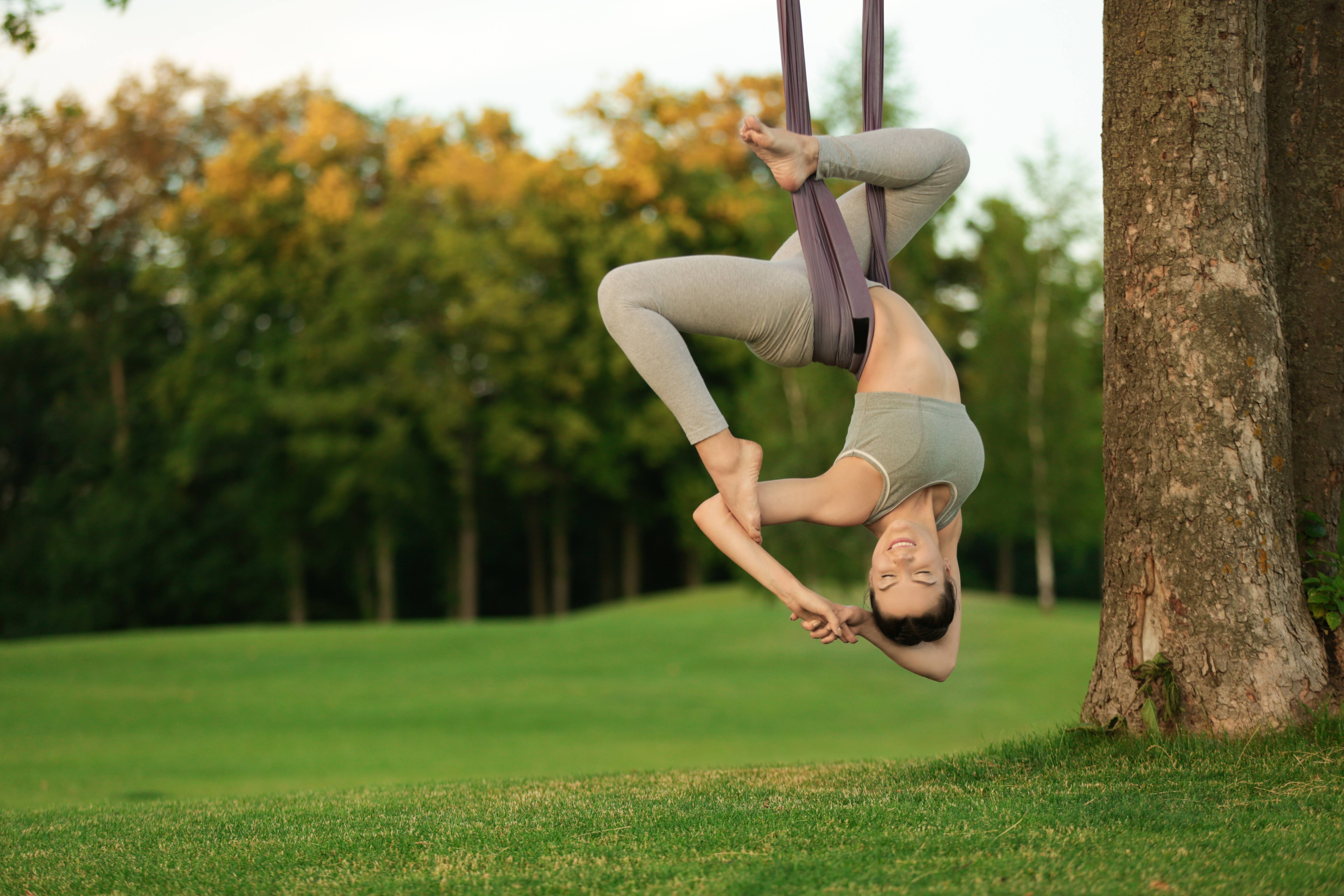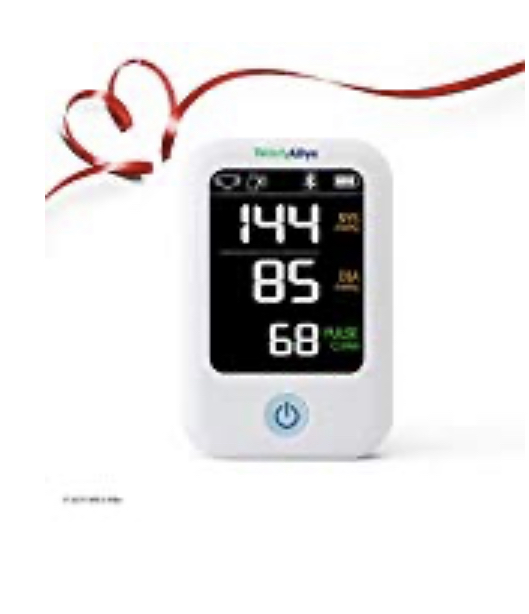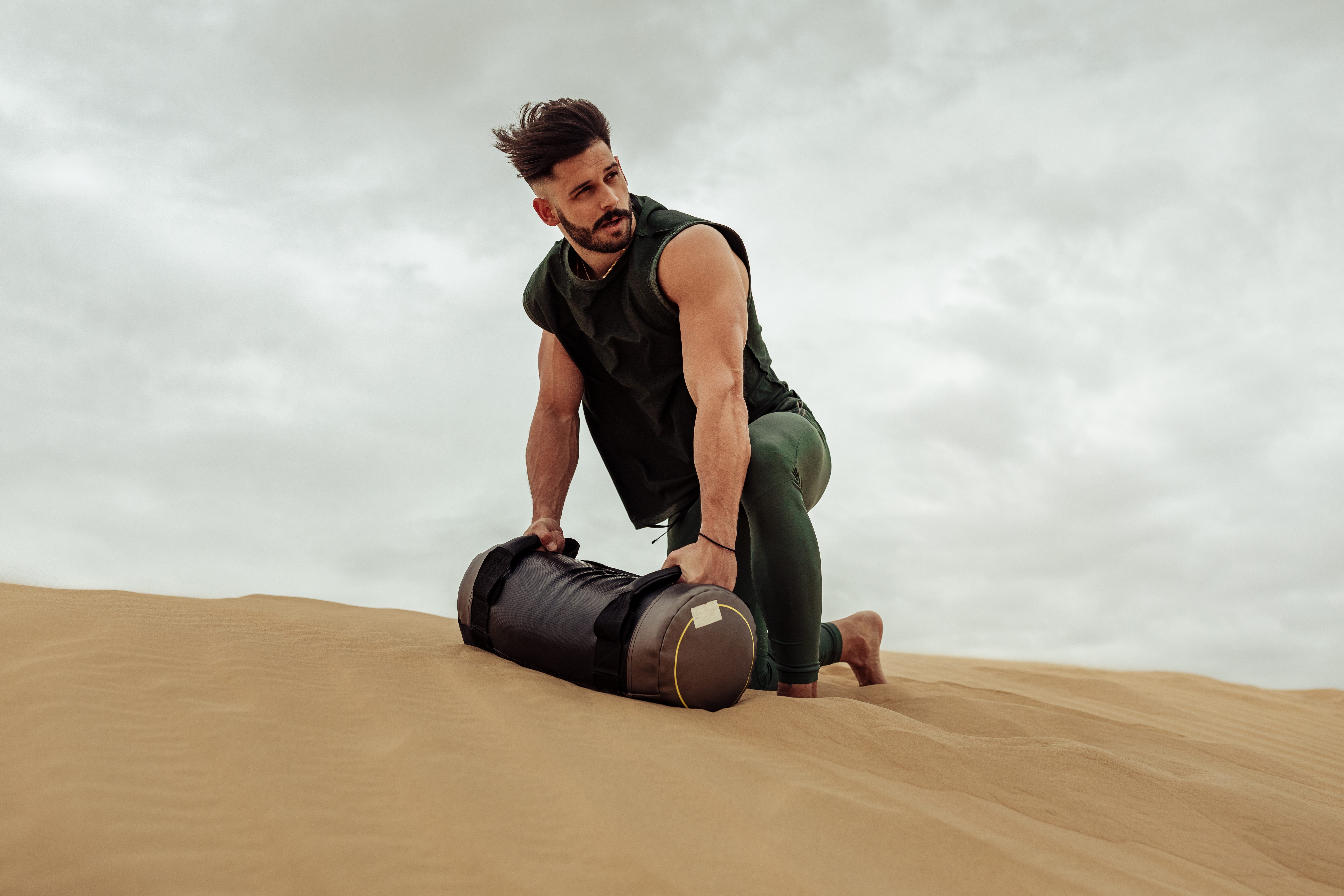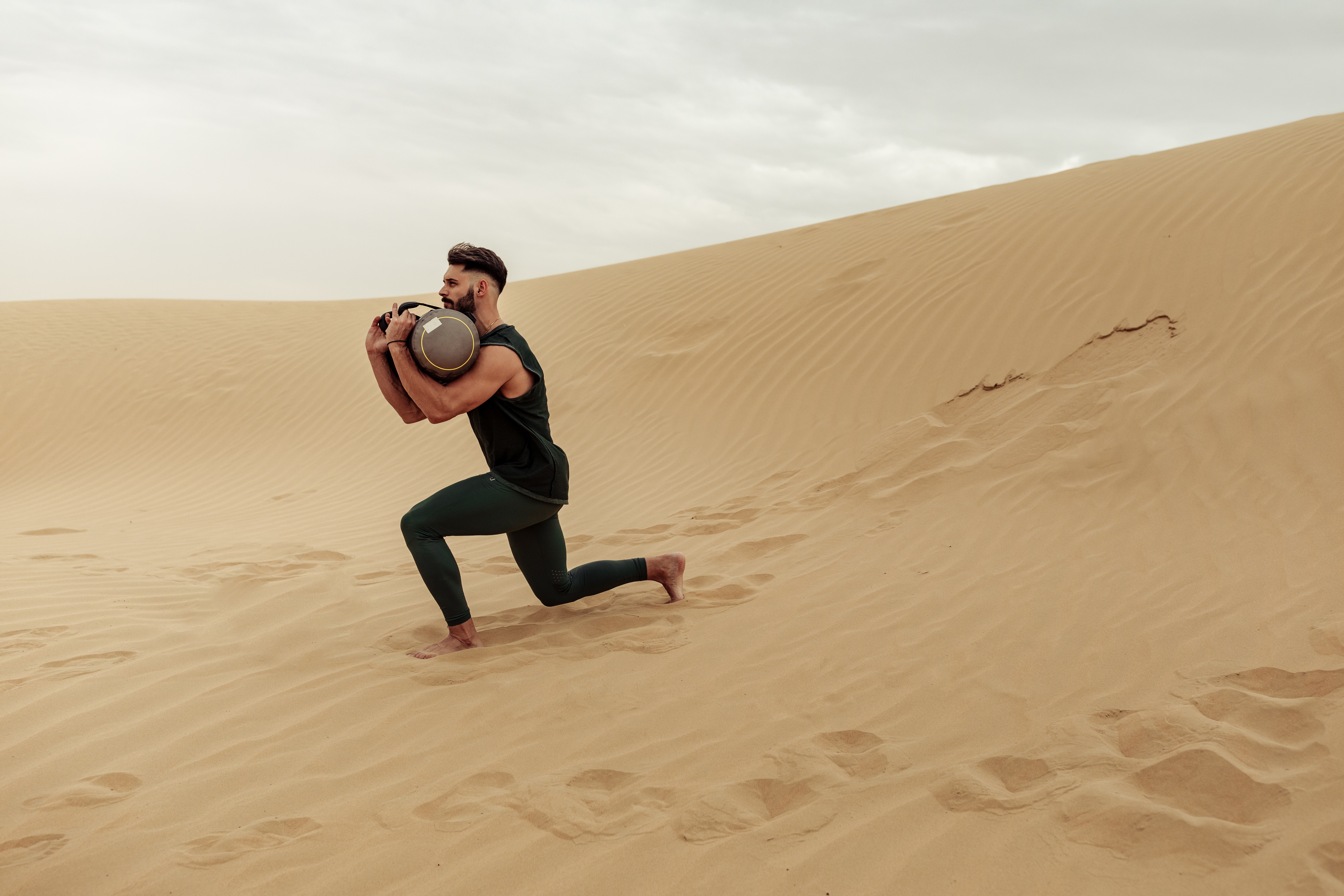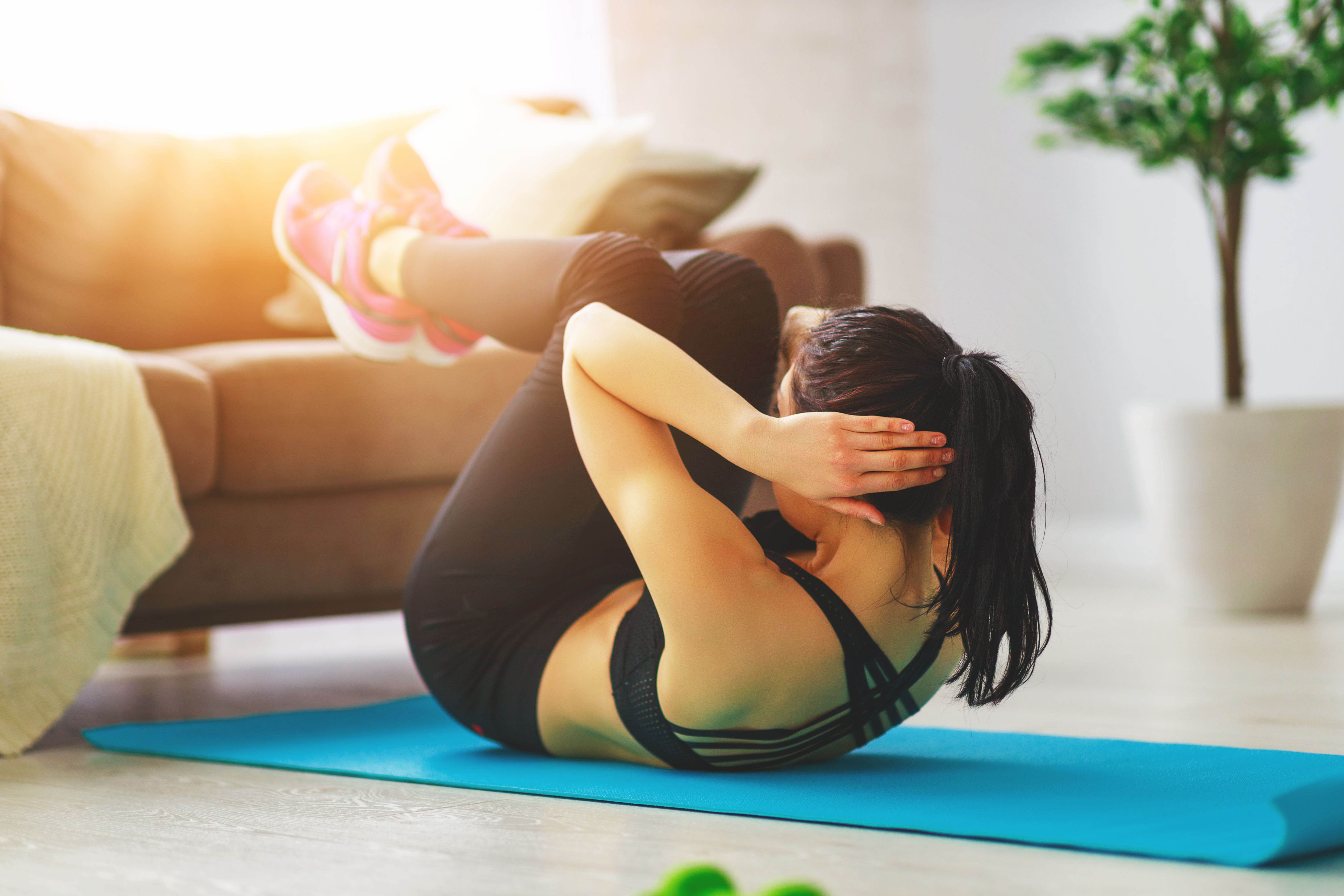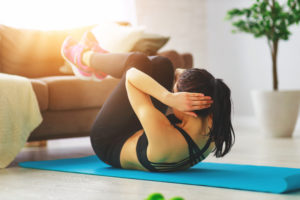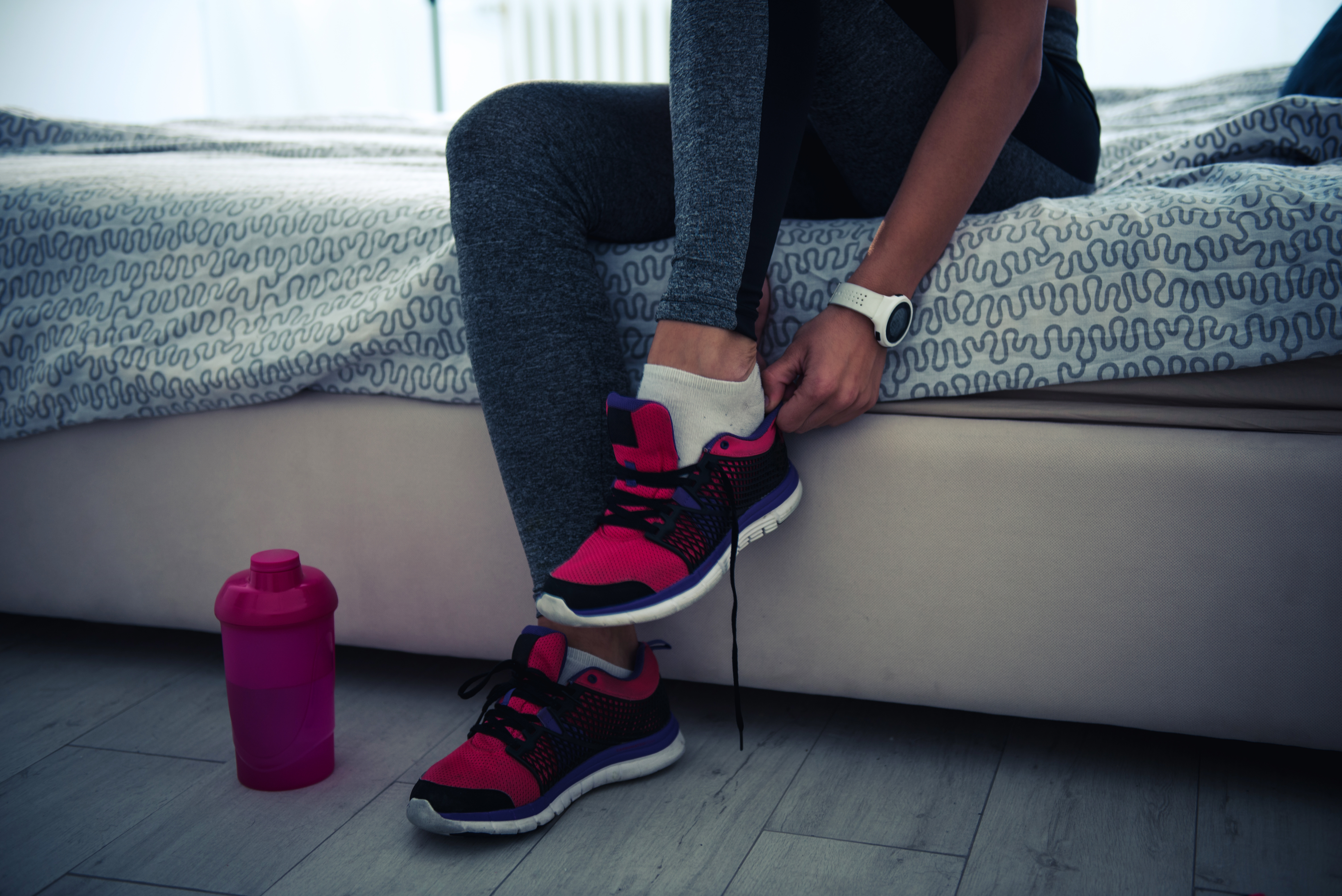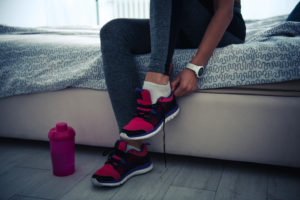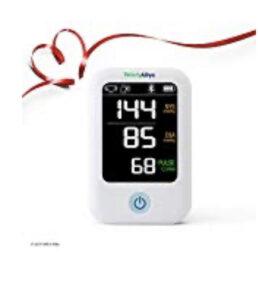
Best One-piece Upper Arm Compact Blood Pressure Monitors to Buy in 2020
Don’t let the bulky regular blood pressure monitors stop you from keeping tabs on your health.
Yes, we understand that most blood pressure monitors have wires and tubes. Add the extra-large LCD screen display to the kit’s design and what you get is an extremely bulky tool that is quite uncomfortable to use for checking your blood pressure at home.
The bulkiness of most blood pressure monitors can take the ease out of checking your blood pressure on a regular basis.
If you are on this table and is turned off by the bulky blood pressure monitors, you will be glad to know about the new design of BP monitors for home use that makes the regular models look archaic.
The new design features a one-piece, compact blood pressure unit that is so easy to use.
For instance, unlike the regular models that require the use of both hands to put on the blood pressure cuffs, the new design has pre-formed cuffs that you can easily apply correctly and comfortably using only one hand!
With one-piece compact blood pressure monitors, you can easily read and interpret the results of your blood pressure using your smartphone. Yes, the one-piece compact design eliminates the need for the large LCD display screens commonly found in older BP monitors.
What’s the advantage here?
Well, peep this: instead of waiting for your results to be published on the large display screens and then syncing it to your smartphone as it is the case with many regular models, the one-piece compact blood monitors upload results instantly on to your smartphone for you to manage efficiently! You’ll need to download a custom health app (Android/iOS) and install it on your phone to access your BP data.
Now imagine the amount of time you would save by using a one-piece compact blood pressure monitor to check your blood pressure at home instead of the regular BP models?
With the one-piece, compact blood pressure monitor designs, you will have an easy time monitoring your blood pressure from anywhere and anytime. Most of them come with rechargeable batteries that are powerful and long-lasting. In fact, with only one charge using a micro/mini USB cable, the new one-piece compact blood pressure monitors will afford you at least 80 blood pressure measurements before the next recharge is due!
Compared to the regular blood pressure models, the design of the one-piece compact BP unit brings a new meaning to convenience, especially on matters reliability and portability. The one-piece compact blood pressure monitor is one of those innovations that are a must-have, especially if you are keen on keeping track of your heart’s health at home or even while on the go.
If you’re interested in acquiring one of these amazing blood pressure home testing units, here are the best one-piece compact blood pressure monitors you should consider buying in the 2019 market.
Best One-Piece Compact Blood Pressure Monitors For Upper Arm
[table id=7 /]
#1 Best One-Piece BP Monitor with Dock Design: iHealth Ease Wireless BP Monitor
With the new one-piece compact design, your smartphone becomes part of the BP monitor. We recommend the iHealth Ease Wireless BP Monitor because its design provides stable docking space for your smartphone. Think about this: you won’t have to struggle holding your smartphone while measuring your blood pressure using this unit, because the dock design provides stable support for your iPhone, iPad and Android device!
iHealth Ease Wireless BP Monitor is FDA cleared, meaning the results you get are clinically accurate. In addition, the iHealth MyVitals app that connects to the kit via Bluetooth automatically logs and tracks your blood pressure readings. It also allows one-touch data sharing, and this speaks volumes about its ease of use.
iHealth Ease Wireless BP Monitor reads your diastolic and systolic pressures, your pulse rate, as well as detects irregular heartbeat really fast. The unit takes about 30 seconds to read your blood pressure and provide comprehensive results. The unit takes measurements as the cuffs inflate. The cuffs can comfortably fit upper arms of circumference size 8.7” to 14.2”. You won’t have any problems putting on the cuffs. You can easily wear them using only one hand. The traditional models would require the use of both hands to put on the cuffs.
If you are impressed by the compact one-piece design of iHealth Ease Wireless BP Monitor, the reliability of its rechargeable batteries will excite you. Peep this: with only one charge using a micro USD cable, you can use iHealth Ease Wireless BP Monitor for up to 500 times before the next recharge is due! Even though the charging session takes hours, you won’t have to recharge it frequently considering how long one charging session will last you.
If you consider the amazing features of iHealth Ease Wireless BP Monitor, it easily tops the list of the best one-piece compact blood pressure monitors. This unit is ideal for people who travel a lot because the unit is lightweight, portable and its battery power is extremely reliable. Anyone who takes the health of their heart seriously should consider buying this unit to conveniently check their blood pressure at home.
iHealth Ease Wireless BP Monitor Best Features:
- Docking space for your smartphone
- FDA Cleared
- Fast blood pressure reading with comprehensive results
- Compatible with both Android and iOS
- Powerful rechargeable batteries
#2 Best One-Piece BP Monitor with Advanced Accuracy: OMRON Evolv Wireless BP Monitor
Here’s a little secret: the accuracy of blood pressure measurement depends on more than just proper cuff positioning. Even the slightest movement of cuffs during measurements can affect the accuracy of the results you get. Therefore, if your main interest is tracking the most precise, clinically accurate blood pressure readings, you need to consider acquiring the OMRON Evolv Wireless BP Monitor.
What makes OMRON Evolv Wireless BP Monitor a special kit is far much more than the mere fact that it is a product of a popular brand. Indeed, OMRON is one of the most trusted brands of blood pressure monitors. However, that is not the only thing that makes this particular model stand out.
Firstly, OMRON Evolv Wireless BP Monitor uses Advanced Accuracy, which is an exclusive heart health algorithm that enables the device to measure more data points and eliminate interference from body movement. The readings you get from this unit are precise and medically accurate.
Secondly, the one-piece design of OMRON Evolv Wireless BP Monitor includes pre-formed cuffs that can comfortably accommodate standard or large upper arm circumference size of between 9” and 17”. The pre-formed cuffs provide an easy blood pressure measuring process. For instance, to wear the cuffs, all you need to do is slide them in and then tighten them for a comfortable fit. Once you press the START button, the device will take accurate measurements of your diastolic and systolic pressures, the pulse rate, as well as, detect irregular heartbeat.
Thirdly, OMRON Evolv Wireless BP Monitor provides the OMRON Connect app that is compatible with both Android and iOS. The device can connect to your smartphone via Bluetooth, and it will sync the results of your blood pressure test to the OMRON Connect app installed on your phone. The app allows you to track the health of your heart and also provides for secure sharing options, enabling you to email your blood pressure data to your doctor.
This particular one-piece compact blood pressure monitor is among the best options you should consider buying in 2019. If you are obese, pregnant with blood pressure complications, or you have been diagnosed with Hypertension, you need a device that can provide you with precise and clinically accurate readings. OMRON Evolv Wireless BP Monitor is that device that should top your “the best one-piece compact blood pressure monitors to buy in 2019” list.
OMRON Evolv Wireless BP Monitor Best Features:
- Compatible with both Android & iOS
- Provide the most accurate blood pressure readings
- Bluetooth Connectivity
- Pre-formed upper arm cuffs
- Portable device
#3 Best Multi-User One-Piece BP Monitor: QardioArm Smart BP Monitor
If you have a large family, it would be wise to acquire a blood pressure monitor that has multi-user functionality. With a device that supports multi-users, you will cut the cost of managing your blood pressure for your whole family, considering that you will use only one unit for all family members instead of buying a unit for each member. If this sparks your interest, then the QardioArm Smart BP Monitor would be a great unit to check out.
What makes QardioArm Smart BP Monitor a good unit to buy is that it supports up to 8 users. With this unit, you can connect up to 8 smartphones. What this means is that, if you have a large family of up to 8 people, anyone with a smartphone will be able to monitor the health of their heart using this one unit. If you buy the QardioArm Smart BP Monitor, you will not need any additional device to check the blood pressure for all members of your family.
The device enables you to keep track of your blood pressure efficiently through the Qardio app that runs on the Android and iOS platforms. QardioArm Smart BP Monitor connects to your smartphone via Bluetooth. Once you put on the cuffs that can comfortably fit upper arms of circumference size of between 8.7 and 14.6 inches, it will read your diastolic and systolic pressures, as well as, detect any instances of irregular heartbeat. The results are extremely accurate since the blood pressure monitor is FSA approved.
QardioArm Smart BP Monitor is a good blood pressure monitor to have in the home, especially if you have a large family.
QardioArm Smart BP Monitor Best Features:
- Supports multi-user
- Bluetooth connectivity
- FSA Cleared
#4 Best One-Piece BP Monitor with Results on Device: Withings Wi-Fi Smart BP Monitor
Considering that the one-piece design works with smartphones, does it mean that you cannot take your BP measurements when you don’t have your smartphone with you? Well, with most models that project results on your smartphone, it would be difficult to check your BP if you don’t have your smartphone.
However, with Withings Wi-Fi Smart BP Monitor, you won’t need your smartphone to get results of your BP reading. Forget about the large display screens found in traditional BP models, Withings Wi-Fi Smart BP Monitor has a sleek LCD that is compact and gives you a readout of your diastolic and systolic pressures, as well as, your heart rate. What is more, the result is color-coded so you can easily understand and interpret the readings to know the status of your heart’s health anytime you use the device to check your blood pressure.
The results can also be accessed on your smartphone, where you can manage them efficiently. In fact, your blood pressure records are securely stored on the Health Mate app which also provides you with the option of sharing the data with close friends and your doctor. The device can connect to your smartphone via Bluetooth or Wi-Fi.
The FDA cleared Withings Wi-Fi Smart BP Monitor comes packed with standard upper arm cuffs of circumference size 9 – 17 inches, and it is so easy to use and operate. It takes measurements quickly and gives you results with clinically approved accuracy.
With this device, you will no longer have to worry about carrying your smartphone with you every time you need to take blood pressure measurements. Think of the convenience of being able to keep track of your blood pressure using the one-piece compact BP monitor but without necessarily requiring your smartphone. To enjoy this convenience, buy the Withings Wi-Fi Smart BP Monitor. It is the best one-piece compact design BP monitor that gives you results on the device.
Withings Wi-Fi Smart BP Monitor Best Features:
- Sleek LCD that gives results on the device
- Android/iOS compatibility
- FDA Cleared
- Color-coded results
#5 Best One-Piece BP Monitor with Color-Coded Feedback: Withings Bluetooth BP Monitor
Imagine being able to take your blood pressure measurement and receiving instant color-coded feedback showing you the status of your heart’s health…Wouldn’t it be nice being able to instantly know if your blood pressure is normal or is above/below the normal range with just a press of a button? Well, you can stop imagining and go buy the Withings Bluetooth BP Monitor to enjoy fast and easy blood pressure monitoring at home.
Not only does Withings Bluetooth BP Monitor deliver color-coded results and advice based on internationally-recognized standards, but it also lets you have your blood pressure reading history on hand. It uses the Health Mate app that runs on both Android and iOS platforms, to manage your BP data. Therefore, with this unit, you will be able to track your blood pressure over time, and this will give you a better understanding of your heart’s health.
Withings Bluetooth BP Monitor is FSA cleared, so you are guaranteed of receiving highly accurate results each and every time you use it to measure your blood pressure. The cuff fits arm circumference from 9 to 17 inches.
Have we mentioned that the results will sync to your smartphone automatically? The device connects to your smartphone via Bluetooth, granting you a fast and efficient way to keep track of your heart’s health. Indeed, you will have an easy time managing your blood pressure with this device, especially if you fancy quick and instant feedback.
If you are looking for that one-piece compact BP monitor that will give you instant color-coded feedback, then consider buying the Withings Bluetooth BP Monitor. It will be a good investment, although you have the option to go for a newer version (Withings Wi-Fi Smart BP Monitor) that has Wi-Fi connectivity.
Withings Bluetooth BP Monitor Best Features:
- Bluetooth connectivity
- Android and iOS compatibility
- Trusted Brand
- FSA Cleared
- Clinically approved accurate results
- Easy to use
#6 Best One-Piece BP Monitor with Comprehensive Reading: MobileHealth Wireless BP Monitor
For you to have a crystal clear picture of the condition of your heart’s health, you need a blood pressure monitor that checks for more than just the usual data points. Most blood pressure monitors check for the usual diastolic and systolic pressures and heart rate. However, for you to know how your heart is faring, you will want a device that effectively detects an irregular heartbeat, atrial fibrillation, and much more. The best one-piece blood pressure monitor with comprehensive blood pressure reading is the MobileHealth Wireless BP Monitor.
This device effectively screens for 5 major cardiovascular profiles, including Fast Heart Beat, Slow Heart Beat, Irregular Heart Beat, Atrial Fibrillation, and Cardiovascular Evaluation. These advanced measurements will give you a clear picture of the status of your heart’s health than those devices that limit their measurements to just the usual heart rate and systolic and diastolic pressures.
Considering how MobileHealth Wireless BP Monitor provides comprehensive blood pressure reading, you may be mistaken to think that it has limited memory storage. On the contrary, the device can record an unlimited number of readings and goes as far as capturing the time and date so you can efficiently keep track of past measurement history.
And when it comes to the accuracy of the readings gotten from MobileHealth Wireless BP Monitor, you can be sure that the measurements are accurate and clinically approved. Did we mention that the device is FDA approved? That should help cancel any doubts you may have regarding the accuracy of this device in measuring your blood pressure. Furthermore, with MobileHealth Wireless BP Monitor, you can see your average for the most recent 7, 14, or 30 days, or even opt to view the records as a chart for better analysis. The results are also color-coded so you can quickly know if your reading is above, below, or within the normal acceptable range.
And just like virtually all one-piece compact blood pressure monitors, the MobileHealth Wireless BP Monitor can connect to your mobile phone via Bluetooth. It comes packed with the MbH BP app that provides for easy and more efficient management of your blood pressure data. With the app, you can also share the blood pressure records with your closest family members or your doctor. MbH BP app is compatible with both Android and iOS.
MobileHealth Wireless BP Monitor has all the features you would want in a blood pressure home monitor. In addition, it has a compact design, making it extremely portable. You can take readings of your blood pressure anywhere and anytime you want. If this is something you need, don’t even think twice to purchase this amazing health device. You will not be disappointed.
MobileHealth Wireless BP Monitor Best Features:
- Bluetooth Connectivity
- Comprehensive reading
- FDA approved
- Memory storage for an unlimited number of readings
- Compatible with both Android and iOS
Final Advice
One-piece compact blood pressure monitors for home use provide an enjoyable and easy BP reading process. Our selection contains the best products available in the 2019 market, and it should help you with your purchasing decision. Whichever product from the list that sparks your interest, buy it knowing that you will be able to keep track of your heart’s health at home more efficiently and conveniently.
